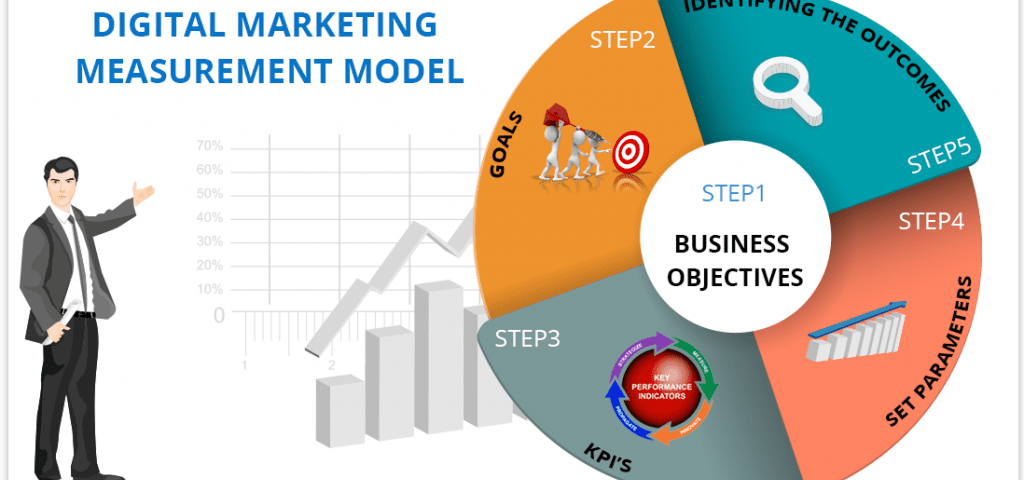
Going Global: International Digital Marketing for Immigration Brands
August 16, 2023
Mastering Social Media: A Key Element in Boosting Your NGO’s Brand Presence
August 16, 2023Introduction
In the digital age, online marketing has become an indispensable tool for businesses in all industries,
including the highly specialized field of In Vitro Fertilization (IVF). As the competition intensifies in
the IVF market, clinics and fertility centers must harness the power of online marketing campaigns to
reach their target audience effectively. However, running successful IVF marketing campaigns goes
beyond simply creating engaging content and attractive visuals; it requires a systematic approach to
measure and analyze the campaign’s performance. In this blog, we will explore the key metrics to
track for your IVF brand’s online marketing campaigns to ensure their effectiveness and success.
- Website Traffic
The first and foremost metric to monitor is the overall website traffic. An increase in website visitors
indicates that your marketing efforts are reaching a wider audience and piquing their interest. There
are various tools, such as Google Analytics, that can provide valuable insights into your website’s
traffic sources, including organic search, social media, paid advertising, and referrals.
By tracking the sources of traffic, you can identify which channels are driving the most visitors to
your site. For instance, if you notice a surge in traffic from a specific social media platform, it may be
worthwhile to allocate more resources to optimize your presence on that platform.
- Conversion Rate
While an increase in website traffic is a positive sign, the ultimate goal of your IVF marketing
campaign is to convert visitors into leads or potential patients. The conversion rate measures the
percentage of website visitors who take a desired action, such as filling out a contact form,
subscribing to a newsletter, or requesting a consultation.
Tracking your conversion rate allows you to gauge the effectiveness of your landing pages, forms,
and calls-to-action (CTAs). If your conversion rate is lower than expected, it may be time to analyze
and optimize the elements on your website that are hindering conversions.
- Cost Per Conversion (CPC)
In any marketing campaign, keeping an eye on the budget is crucial. The cost per conversion metric
helps you understand how much you are spending to acquire a lead or convert a visitor into a
potential patient. By tracking CPC, you can allocate your budget more efficiently and determine
which marketing channels are delivering the best return on investment (ROI).
- Return on Ad Spend (ROAS)
For IVF brands investing in paid advertising, measuring the return on ad spend (ROAS) is essential.
ROAS calculates the revenue generated for every dollar spent on advertising. A ROAS of 3:1 means
you earn $3 for every $1 spent on advertising.
By analyzing ROAS, you can identify which ad campaigns are driving revenue and optimize or
discontinue underperforming campaigns. This data-driven approach allows you to make informed
decisions about your advertising strategy.
- Engagement Metrics
Engagement metrics are vital indicators of your campaign’s effectiveness in connecting with your
target audience. These metrics include likes, shares, comments, and retweets on social media
platforms. High engagement signifies that your content resonates with your audience and is worth
sharing, ultimately increasing your brand’s visibility and reach.
Moreover, tracking engagement metrics helps you understand the type of content that garners the
most attention. For instance, if videos or patient success stories receive more engagement, you can
focus on producing more of such content to maintain the audience’s interest.
- Click-Through Rate (CTR)
Click-through rate (CTR) is a fundamental metric in online advertising that measures the number of
clicks an ad or a specific link receives relative to the number of impressions it receives. A high CTR
indicates that your ad copy and visuals are compelling enough to entice users to click on them,
leading them to your website.
Improving your CTR involves testing different ad copies and visuals to see what resonates most with
your audience. Additionally, ensure that your landing pages align with the ad’s promise to improve
user experience and conversions.
- Bounce Rate
Bounce rate refers to the percentage of visitors who land on your website but leave without
navigating to any other page. A high bounce rate may indicate that your website’s content or design
isn’t engaging enough, causing visitors to lose interest and exit quickly.
Reducing bounce rate involves improving your website’s user experience, optimizing page load
times, and providing valuable, relevant content. A lower bounce rate often leads to longer browsing
sessions, more engagement, and a higher chance of conversion.
- Search Engine Rankings
Where your IVF brand appears in search engine results plays a significant role in your online
visibility. Tracking your search engine rankings for relevant keywords allows you to assess the
effectiveness of your SEO efforts. As your rankings improve, so does the likelihood of attracting
organic traffic and potential patients.
Regularly monitoring your search engine rankings also helps you identify which keywords require
more optimization or which areas your competitors may be outranking you in. This data is valuable
for refining your SEO strategy and maintaining a strong online presence.
Conclusion
In the competitive landscape of IVF marketing, measuring the success of your online campaigns is
crucial to ensure you are allocating resources effectively and achieving your goals. By monitoring key
metrics like website traffic, conversion rate, cost per conversion, engagement metrics, CTR, bounce
rate, and search engine rankings, you can make data-driven decisions to improve your IVF brand’s
online marketing efforts.
As you continue to analyze and refine your campaigns based on these metrics, you’ll be better
equipped to reach your target audience, generate qualified leads, and ultimately contribute to the
growth and success of your IVF brand in the digital realm. Remember, consistency and adaptation
are key in the ever-evolving world of online marketing for the IVF industry.


